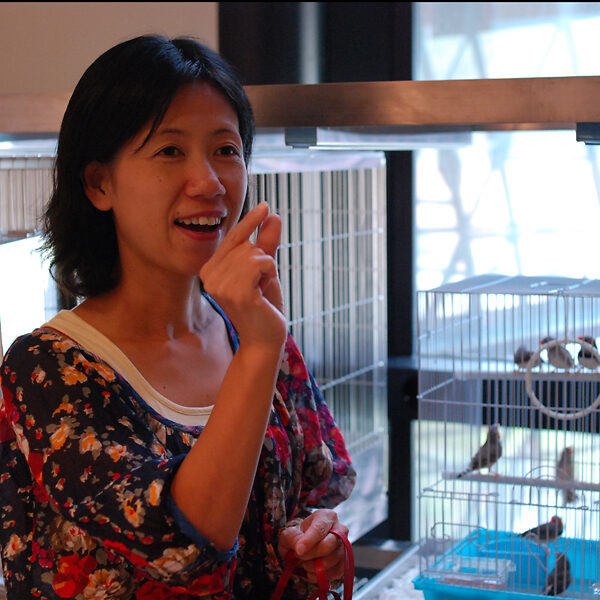Talks by Prof Yazaki-Sugiyama and Dr. Young-Ho Yoon

Date
Location
Description
Date, Time, Venue
- Date: 16th August, 2013
- Time: 5:00 -6:00pm (refreshments (pizza and drinks) will be served after the seminar)
- Venue: B250
Speakers:
- Prof. Yoko Yazaki-Sugiyama, Neuronal Mechanism of Critical Period Unit
- Young-Ho Yoon, PhD., Trans-membrane trafficking unit
Prof. Yoko Yazaki-Sugiyama, Neuronal Mechanism of Critical Period Unit
Title:
Learning to sing from hearing during development
Abstract:
Like humans learning to speak, songbirds acquire song by imitating adults during a well-timed window, called ‘critical period’ in early life. In this period neuronal cells have susceptibility to sensory environment, so that neuronal circuits can be shaped depending on sensory experiences.
In the zebra finches, premier model of song bird in which male birds sing and females do not, one characteristic song is sculpted then stabilized throughout life for courtship. Young birds first memorize the complex acoustic signal of their tutor’s song during an initial sensory phase. Once juvenile males begin singing themselves in a subsequent motor learning phase, they must hear and gradually refine their own vocalizations to match the previously memorized template. Our research unit works on to understand, how neuronal circuits in zebra finch brain are shaped by hearing adult singing, and why they can learn to sing only in the limited time window in the development. Here we will introduce how we are trying to answer these questions, as well the new findings which coming up during these years.
Young-Ho Yoon, PhD., Trans-membrane trafficking unit
Title:
The Bacterial Flagellum and Type III Secretion.
Abstract:
The flagellum is the main organelle for motility in bacteria. It is build by exporting thousands of proteins from the cytoplasm to the distal end of the growing flagellum. This export is regulated by the flagellar type III secretion system.
A similar (homologous) type III secretion system is also found in some pathogenic bacteria where its function is to secrete proteins directly into the eukaryotic cell. This secretion is done through an organelle termed the needle complex.
The flagellum and the needle complex are evolutionary related and have a homologous export apparatus, which uses a Type III Secretion pathway.
The bacterial flagellum is highly organized and its synthesis and mechanism is well regulated for bacterial locomotion. It consists of more than 30 components with copy numbers ranging from a few to several thousands, and it is made by self-assembly of those proteins.
We are attempting to solve the structure of the membrane proteins of the export apparatus by X-ray crystallography. Knowing the structure of the export apparatus membrane proteins will help understand the mechanism of the flagellar synthesis and the infectious processes.
Contact: OIST Internal Seminar organizing committee:
- Alexander Badrutdinov (alexbadr@oist.jp )
- Omar Jáidar (ojaidar@oist.jp )
- Mary Ann Price (m.a.price@oist.jp, Faculty Advisor)
Subscribe to the OIST Calendar: Right-click to download, then open in your calendar application.



